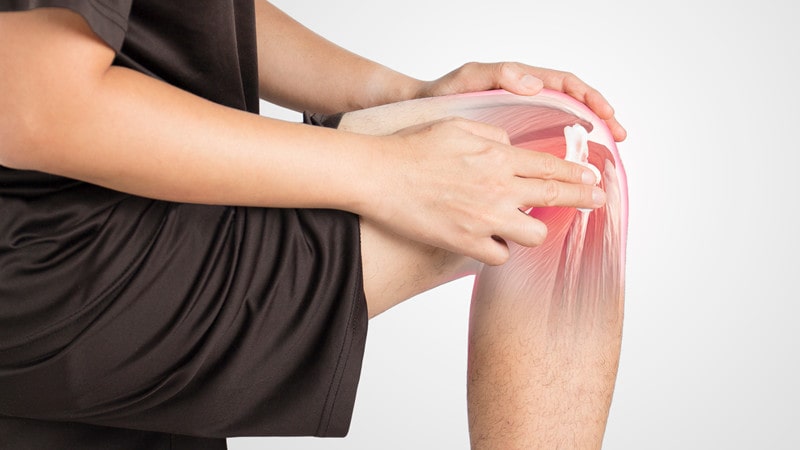Have you ever experienced constant pain in your inner thigh?most likely gracilis pain. The gracilis muscle is located on the inner thigh and plays a vital role in our mobility. When this muscle is strained or injured, the resulting pain can be distressing and interfere with daily activities.
This article aims to provide a comprehensive understanding of the gracilis muscle, common causes of pain in it, and effective techniques for pain relief.
Understanding the gracilis
The gracilis is one of the hip adductor muscles, which means it is responsible for pulling the leg inward and bending the knee. It runs down from the pubic bone to the upper medial axis of the tibia.
Because it crosses two joints — the hip and the knee — the gracilis plays a key role in walking, running, and other movements that involve the legs. Therefore, damage to this muscle can significantly affect mobility and overall quality of life.
Causes of gracilis pain
In most cases, the root cause of gracilis pain can be traced to overexertion of the body. Activities that require quick or powerful leg adductions or sudden changes in motion, such as soccer or ballet, pose a high risk. Poor physical conditioning or an inadequate warm-up before a workout can also increase your chances of a gracilis strain.
A sedentary lifestyle can also contribute to this problem. Sitting for long periods of time can lead to tight muscles, which can cause pain when standing or walking.
Effective ways to relieve gracilis pain
rest and ice
The first step in recovery is rest. The body needs time to heal, and resting injured muscles is a key part of the process. Avoid activities that stress the gracilis as much as possible. Additionally, applying an ice pack to the affected area several times a day can help reduce inflammation and reduce pain.
physical therapy
Physical therapy plays a key role in the recovery process. It can help improve flexibility, strength and mobility. Gentle stretches can help lengthen muscles, and strengthening exercises can prevent future injuries.
hyperthermia
Hyperthermia may be beneficial once the acute phase has passed. It helps increase blood flow to the area, which speeds up the healing process. Applying heat or using a heat pack may help.
massage therapy
Massage therapy is another effective technique for combating gracilis pain. It helps relax muscles, relieve tension, and increase blood circulation to the affected area.
Pain Management and Lifestyle Changes
While immediate treatment techniques are essential, long-term pain management strategies and lifestyle changes should not be overlooked. Chronic pain is often an indicator of an underlying imbalance, requiring broader intervention.
Maintaining an active lifestyle is crucial to preventing muscle stiffness and improving overall muscle health. Incorporate low-impact exercise like swimming or biking into your routine to strengthen your muscles without overstressing them. Regular yoga or Pilates can also help increase muscle flexibility and balance.
Proper nutrition, especially a diet rich in anti-inflammatory foods, can aid the body’s natural healing process. Foods rich in omega-3 fatty acids, such as fatty fish, walnuts, and flaxseed, can help fight inflammation. Plus, staying well hydrated can help with muscle health by improving circulation and reducing the likelihood of muscle cramps.
The role of professional medical intervention
When self-care techniques are insufficient, it may be necessary to seek professional medical intervention. This can involve a variety of methods, depending on the severity and underlying cause of the pain.
A physical therapist can provide an individualized exercise program based on your specific needs and abilities. They can guide you in safe, effective exercises to strengthen affected muscles, improve flexibility, and restore function.
In severe cases, doctors may recommend interventions such as steroid injections to reduce inflammation or surgery to repair torn muscles. However, these methods are usually only used when non-invasive treatments have failed.
in conclusion
Effective management of gracilis pain requires a holistic approach. Rest, ice, physical therapy, heat therapy, and massage therapy all play a vital role in the process. Although the road to recovery may take some time, employing these techniques can significantly reduce pain and improve your quality of life.
Remember, it is always advisable to consult A healthcare professional before starting any new treatment Treatment options for muscle pain. Doing so will ensure that the method chosen is suitable for your specific situation and will not exacerbate any existing health problems. With careful management and professional advice, gracilis pain can be completely overcome.
